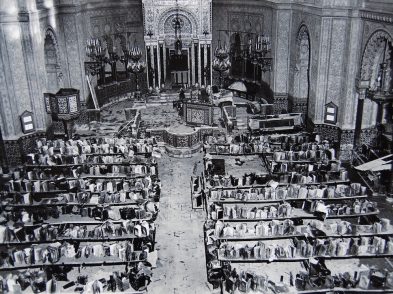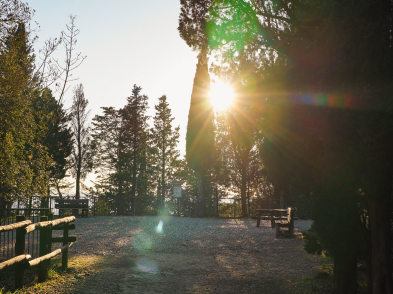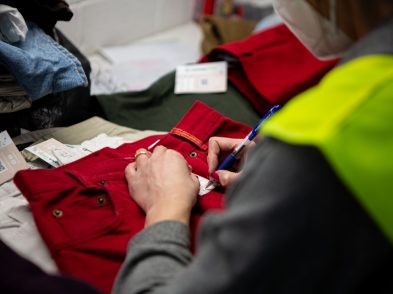An exceptional collaboration between cities, regions and museums has resulted in the recomposition of a tryptych – that was likely a larger polyptych or multi-paneled altarpiece – by the Sicilian Renaissance master Antonello da Messina that will remain on display at the Uffizi for the next 15 years.

Antonello was an influential artist in Renaissance Italy whom Vasari said brought Flemish oil painting techniques to Venice (although this is likely untrue). Little is known of Antonello’s early training in Naples, but the foreign-ruled port city must have provided opportunity to come into contact with Northern art, the lessons of which he fully absorbed. Famous for his powerfully illusionistic portraits and landscapes that seem an extension of reality, most of his works are small in size, and there are also not very many of them know to us today. That’s why this Uffizi recomposition is exciting.
The newly reunited elements come from two collections who acquired them not long ago. In 1995, the region of Lombardy purchased a panel of San Benedetto (previously thought to be a Dominican saint) from the Finarte auction house in Milan and it was on display at the Castello Sforzesco. In 1996, two more panels came up for auction through Giancarlo Gallino in Torino; showing the Madonna enthroned with the Christ Child and San Giovanni Evangelista, they were purchased by the Mibact for the Uffizi. They arrived at the Florentine gallery only in 2002, since they were under restoration and being examined through diagnostics at the Istituto Centrale del Restauro in Rome in the meantime.
The Region of Lombardy has agreed to lend the Uffizi the San Benedetto panel in exchange for the loan, for an equal period of time, of the Madonna and Child with an Angel by the brescian artist Vincenzo Foppa, which Director Antonio Natali says is ‘a very fine quality and poetic work with such expressive value that it is adequate recompense for the Region’s and the Castello Storzesco’s sacrifice.’
The recomposed work by Antonello da Messina is important because it helps us read it better. It likely had additional panels and an elaborate Gothic-style frame, but the three extant panels together finally provide a glimpse of the Sicilian artist’s ability to render space through carefully reflective light, to observe the fine details of the fabrics and the transparency of paint application. The dating of the work is still uncertain, though scholars agree that it must be before the painter’s departure for Venice in 1475. It may have been a commission for a monastery in Caltagirone, for whom we know the artist worked in 1473, based on a monogram that seems to create a relationship to this place.







